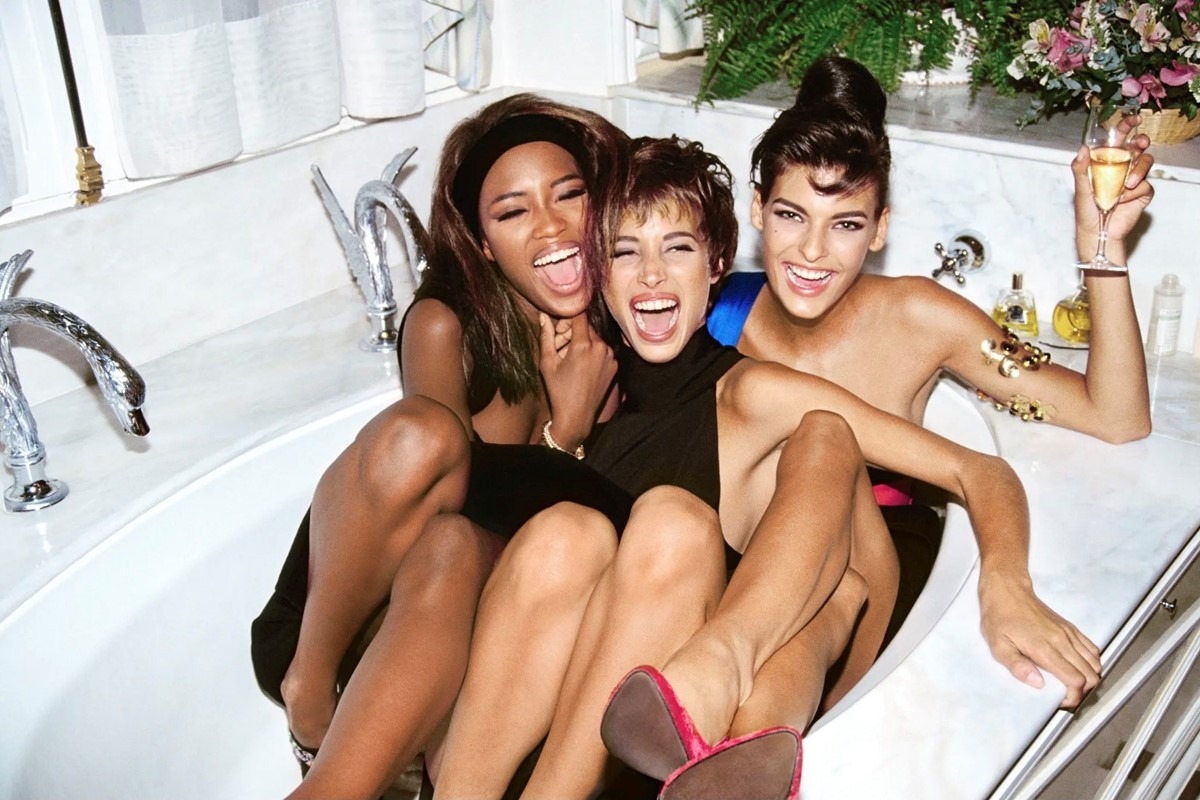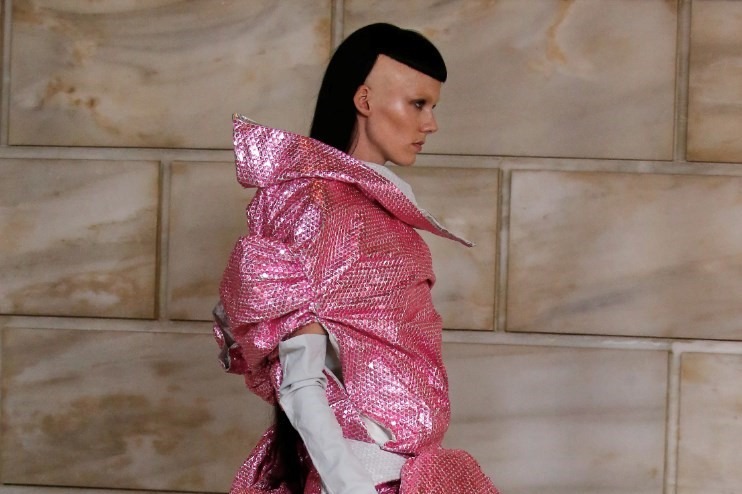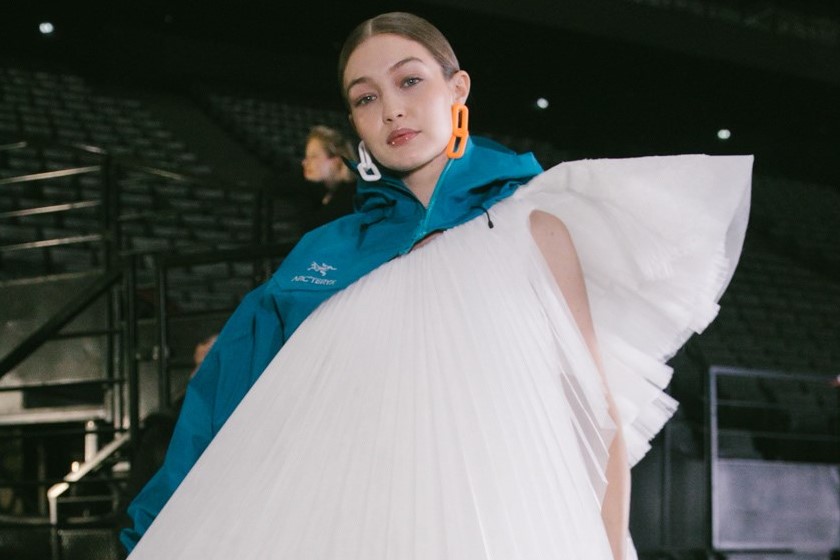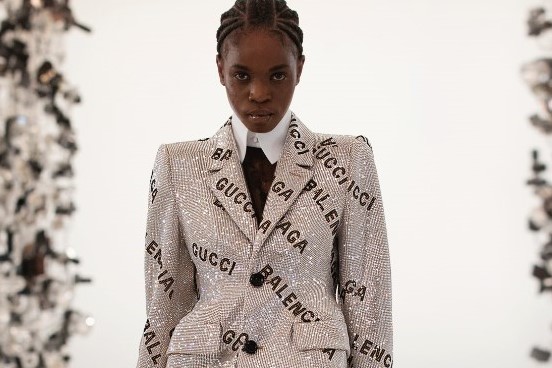Maverick photographer Roxanne Lowit, whose work gave unprecedented access into the beau monde of the glamorous elite, has passed away. The news broke this morning with a post on her Instagram account. “We are very sad to say we lost a remarkable woman today,” a caption read. “Roxanne Lowit was a legendary photographer who provided an intimate look into the world of fashion and showed us a side of nightlife that most people didn’t get to see.”
Born in New York in 1965, Lowit grew up between the Bronx and Long Island before studying textile design at FIT. There, she met fashion illustrator Antonio Lopez, who introduced Lowit to the hedonistic honeypot that was Greenwich Village in the 1960s – manned by the likes of Jean Michel Basquiat and Andy Warhol. “I had a good career as a textile designer, specialising in hand-painted textiles, but I wanted to paint portraits. It is one of the reasons I bought a camera, to photograph my friends and paint from the photos,” she explained to Friends From New York in December of 2020. “It was like my American Express card, I didn’t leave home without it.”
After quitting her job at a textile firm and committing full-time to photography, Lowit lurched into the eye of the storm, venturing backstage at blockbuster fashion shows to capture VIP attendees, heads thrown back in laughter with cigarettes hanging from lips and champagne flutes in hand. The chaos, joy, and effortlessness of her backstage photography is widely credited with starting the genre – canonised in a 2013 exhibition simply titled Roxanne Lowit: Be Fabulous. Among candid portraits of Grace Jones, Salvador Dalí, Mick Jagger, André Leon Talley, Kate Moss, John Galliano, and the drag queen Divine are iconic images that have been seared into public consciousness. Like that of the cackling “Trinity” – AKA Naomi Campbell, Christy Turlington, and Linda Evangelista – bundled into Donatella Versace’s bathtub in the Ritz.
Pre-Getty Images and pre-Cobrasnake, Lowit’s photography archived an era of absolute decadence and indulgence, where beautiful, badly-behaved supermodels snorted class As – not adaptogenic fizzy drinks. “There was definitely more of a playfulness back then,” Lowit told The Star in 2014. “The models really had big personalities, and great charm. Today, I find that the girls are all kind of the same… the supermodels really got it.” Though fashion has managed to rebrand itself over the years, namely swapping out the word “aspirational” for “accessible”, there’s a reason why all the pageantry of the 90s continues to charm young designers and image-makers. A genuine glimpse behind the velvet curtain, Lowit’s work will forever be more authentic than double-tapping a crying selfie on Instagram.












